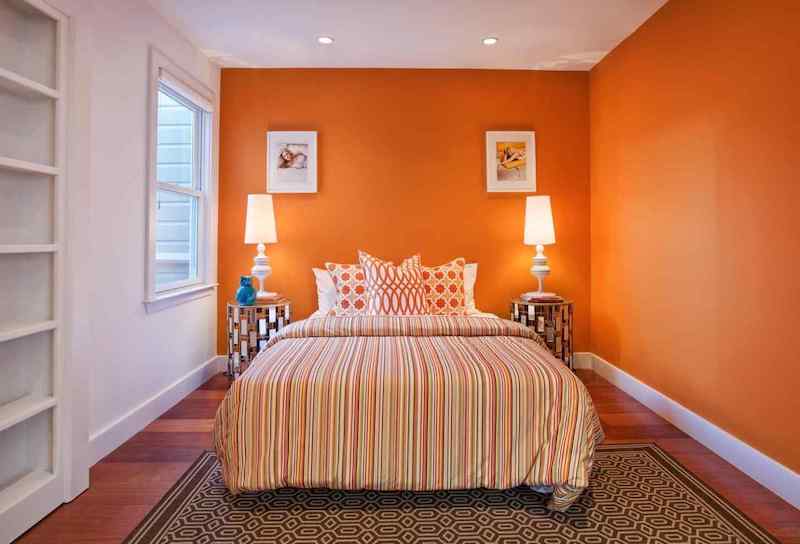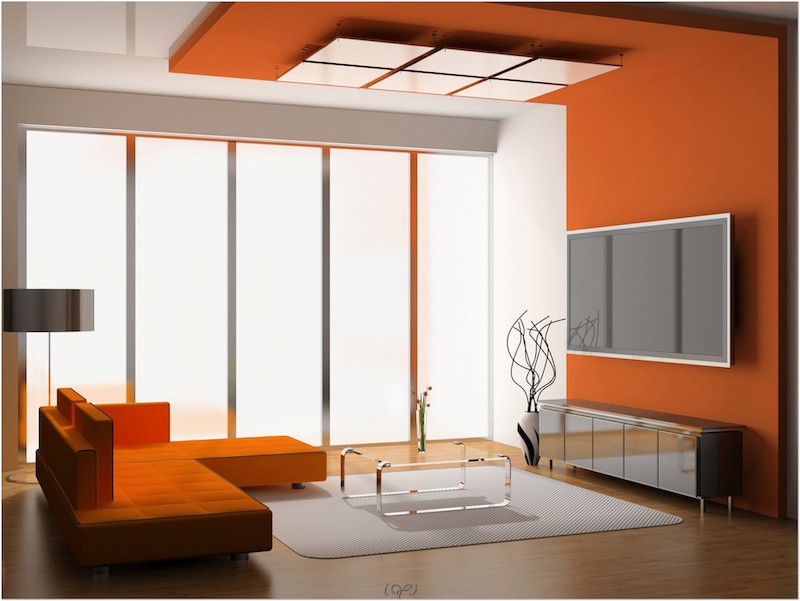How The Color of a Room Affects Your Mood ?
Although not entirely understood, there’s a whole science dedicated to finding the connection between colors and our moods, confused? Read the blog to know more.
Although not entirely understood, there’s a whole science dedicated to finding the connection between colors and our moods, and there seems to be a clear link between how we feel, react and tend to think, and the colors that surround us at those times.
Here’s a quick guide to choosing these vital pieces of our décor, that have a greater impact on our thought and behaviour, than we might realise.
1. Neutral Colors
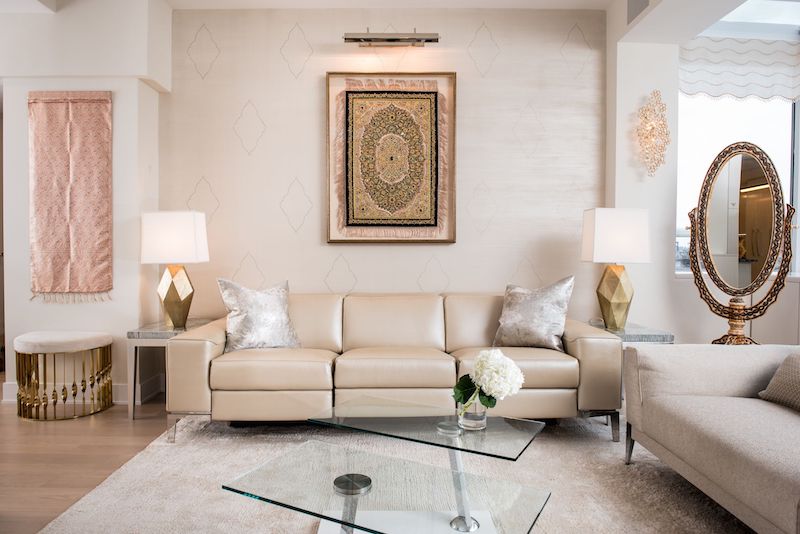
Source : hearstapps
Neutral colors -black, white, brown and grey, are safe colors to use, that may go in and out of vogue, but can still be used owing to their flexibility to be used with any other bright colors to liven things up. Being neutral, they don’t have much of an impact on our moods. Black, however, should be used only as an accent and to add depth to a setting.
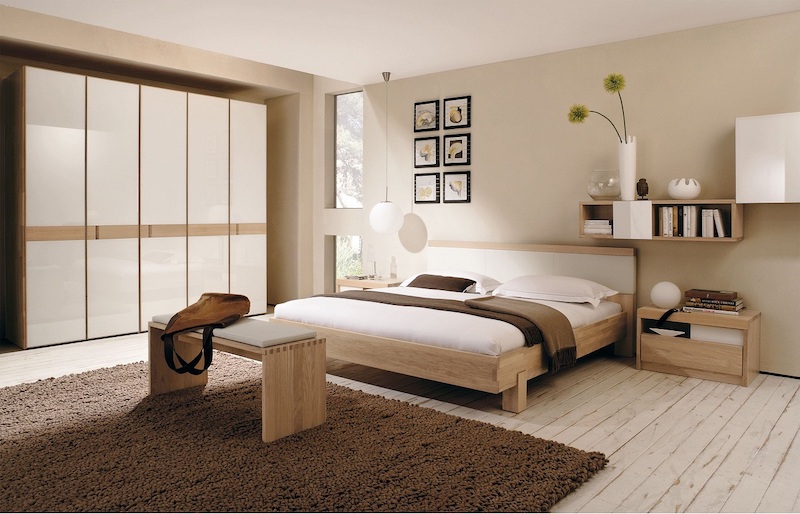
Source : viahouse
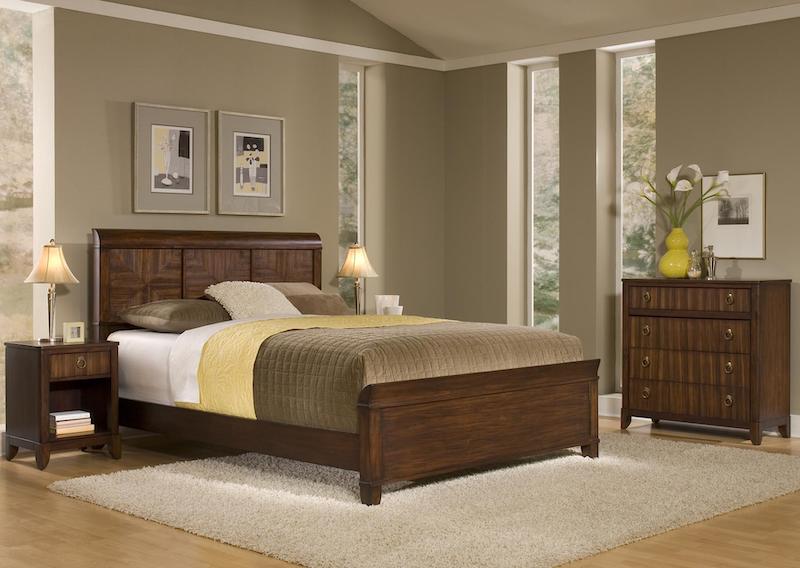
Source : barrainformativa
2. Purple Color
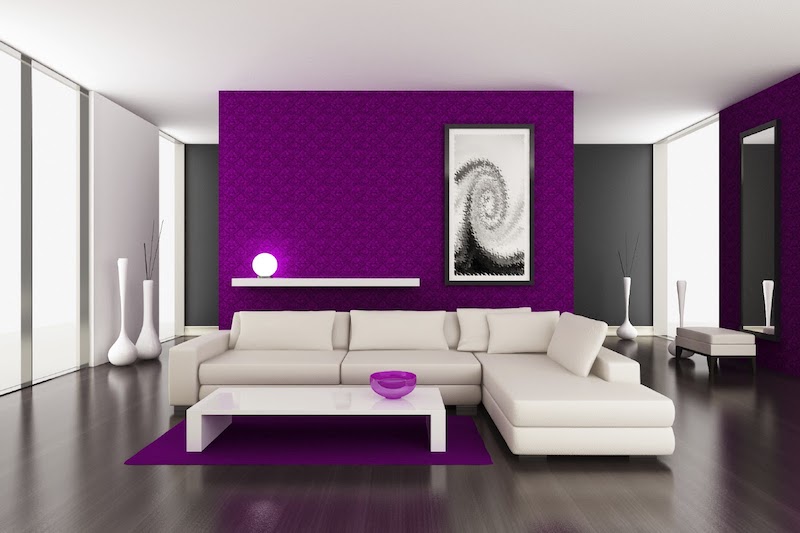
Source : viendoraglass
Purple can make a room look rich, classy and sophisticated. It is believed to bring out creativity and gives a luxurious feel to a room, while adding depth to the décor. Lighter versions of this color can be used in bedrooms as they tend to have a relaxing effect on the senses.
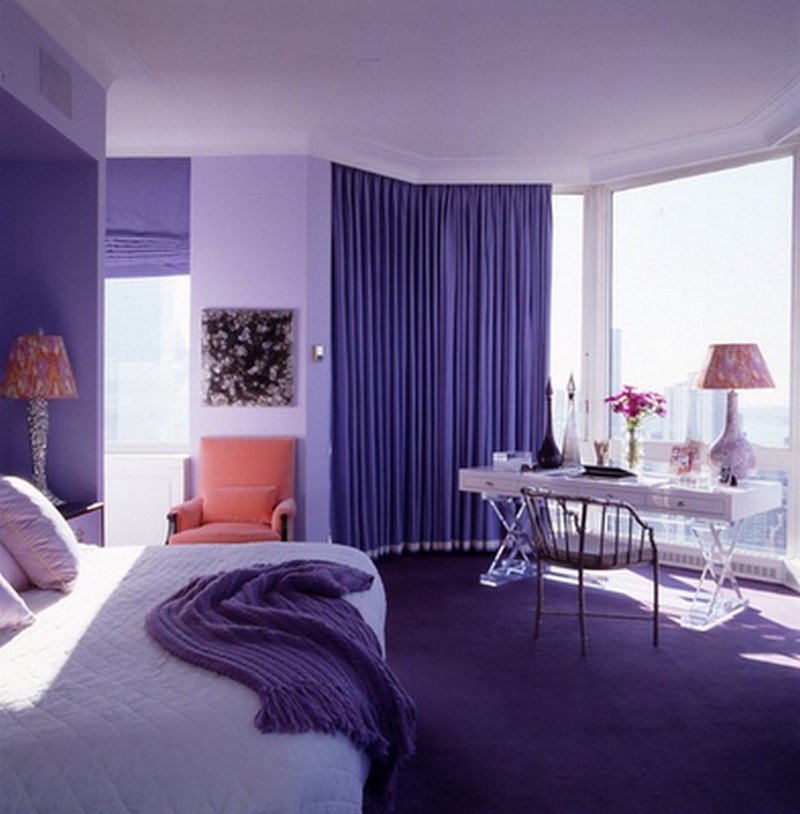
Source : princegeorges
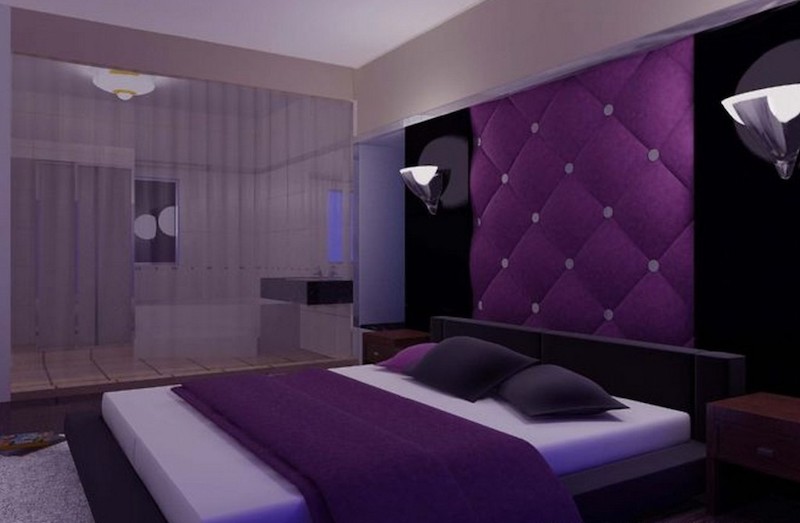
Source : editorial
3. Red Color
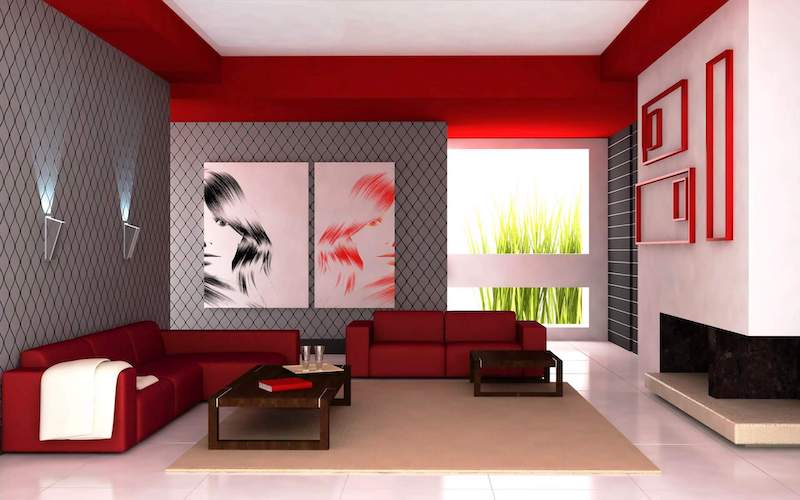
Source : cachecrazy
Red, known to be an intense color, pumps up the adrenaline in our system and tends to elevate the body’s blood pressure and heart rate, raising the room’s energy level and stirring up excitement within us. When used in the living and dining areas, it brings people together and encourages conversation. It isn’t a great color to use in bedrooms, though.
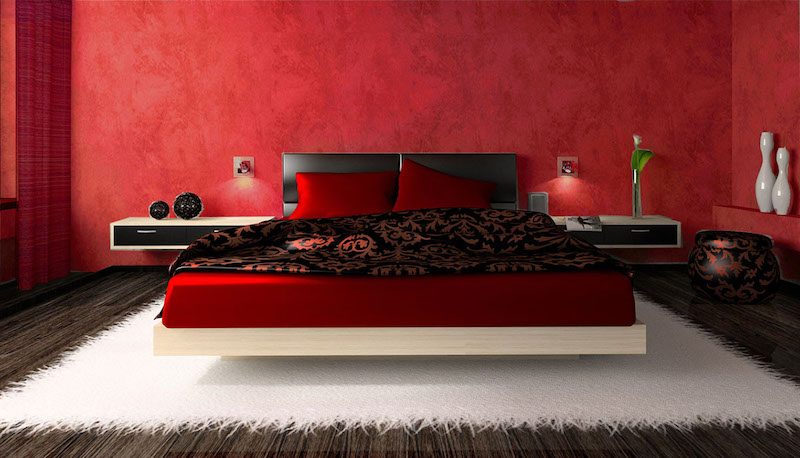
Source : princegeorges

Source : graficalicus
4. Green Color
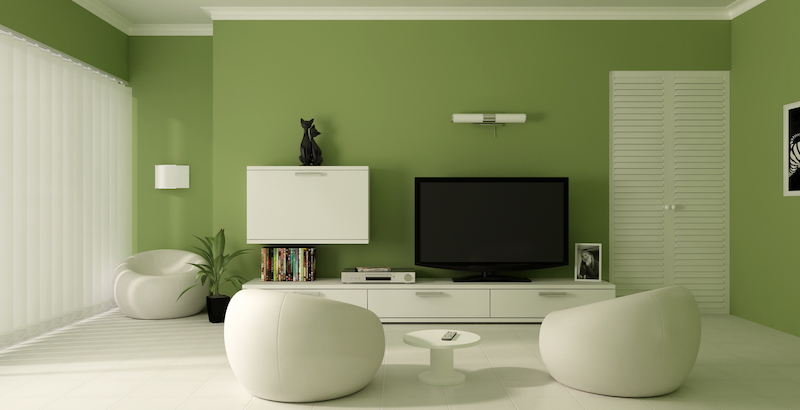
Source : decozilla
Green is a winner in every room that it is used in. It is not only restful on the eye, it can help cheer us up and make us feel refreshed. Green encourages feelings of comfort and togetherness in the living room and the family room, and keeps things cool in the kitchen by helping people relax and unwind. When used in the bedroom, it helps with fertility, making it an ideal choice of color.
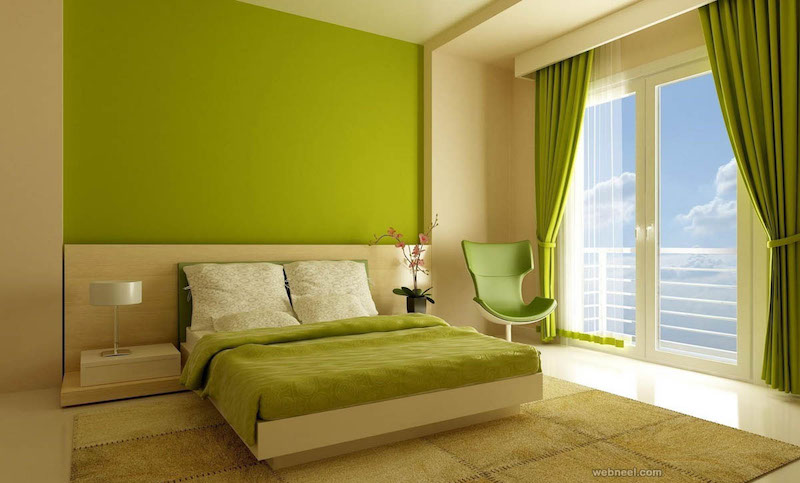
Source : webneel
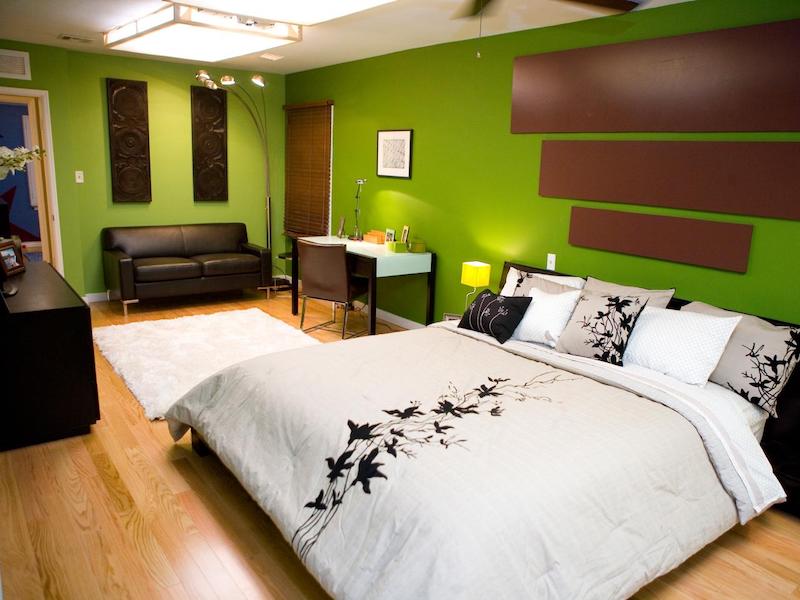
Source : hgtvhome
5. Yellow Color :
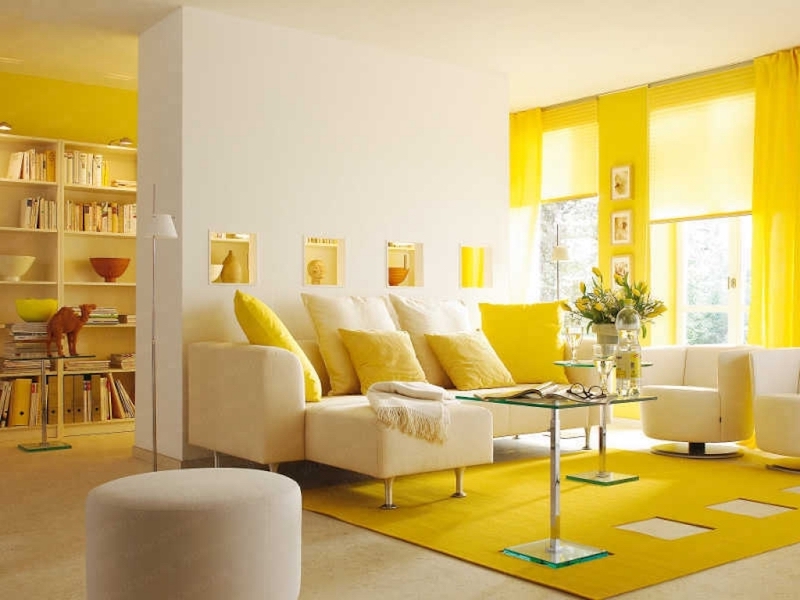
Source : getitcut
Yellow, the color of sunshine, denotes happiness. It is an excellent choice of color for kitchens, dining areas and bathrooms, where it can energise us and uplift our spirits.
Although deemed a cheerful color, it shouldn’t be used as the main color scheme in a house, as it might make people lose their temper more often, and might leave them frustrated and angry. It’s not a good color for your little one’s room either as babies tend to cry a lot in yellow coloured rooms.

Source : mydecorative
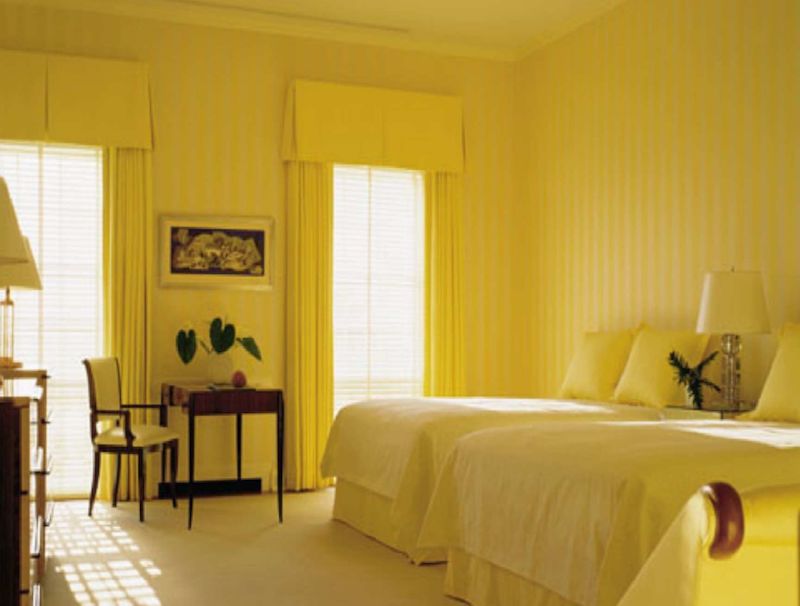
Source : pinimg
6. Blue Color :
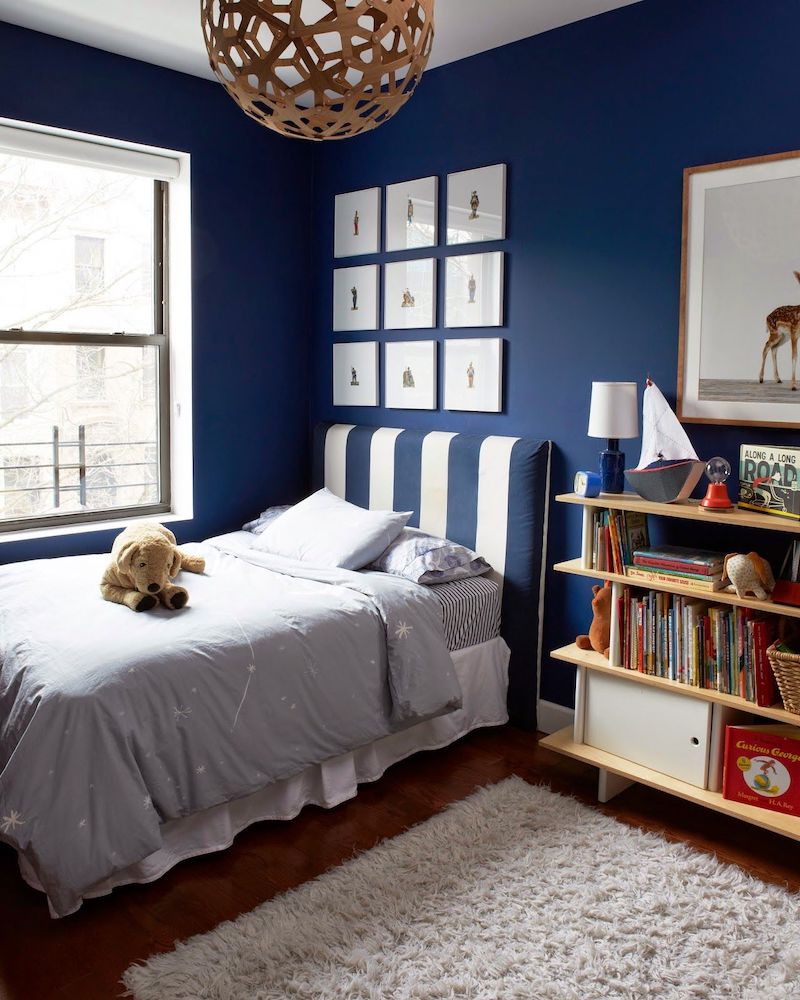
Source : pinimg
Blue, a color that is universally considered to be calming and relaxing, is believed to bring down blood pressure and slow down the heart rate, and is best suited for bedrooms and bathrooms, places that need to be relaxing, by definition!
In soft and warm shades, blue encourages relaxation. You can use it in the living room, the kitchen and in other social areas of the house. Dark blue, however, can make you feel sad, and thus isn’t a great choice as the main color scheme.
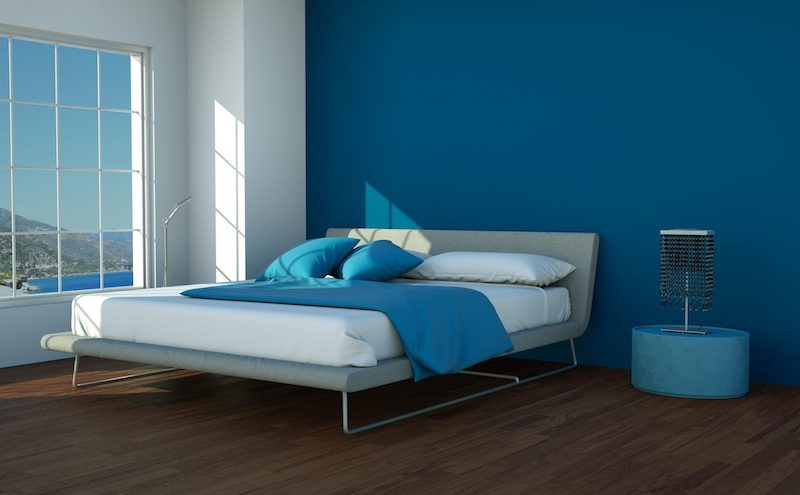
Source : baipi
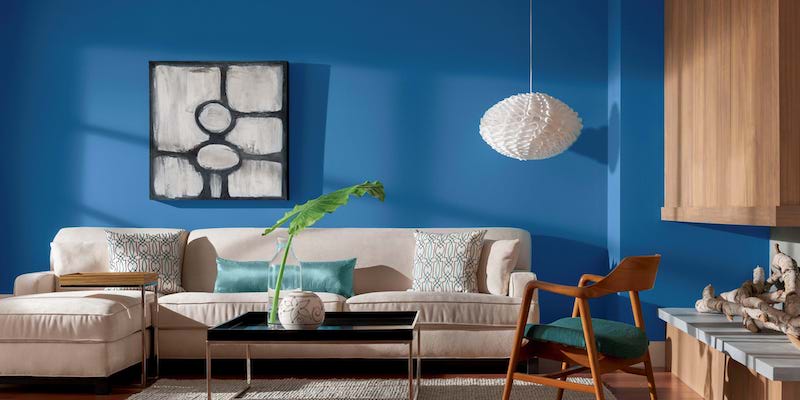
Source : valsparpaintuk
7. Orange Color :
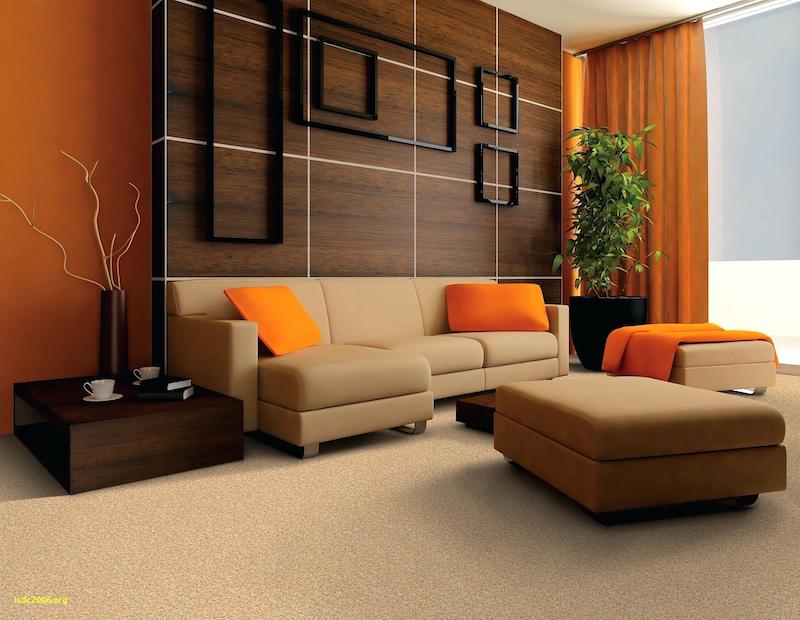
Orange is a color full of energy and makes us feel excited and enthusiastic, which is why it may not be a suitable color of choice for your living room or the bedroom. It’s great for an exercise room, however, and will evoke the right energy and mood that you would need for your workout.
